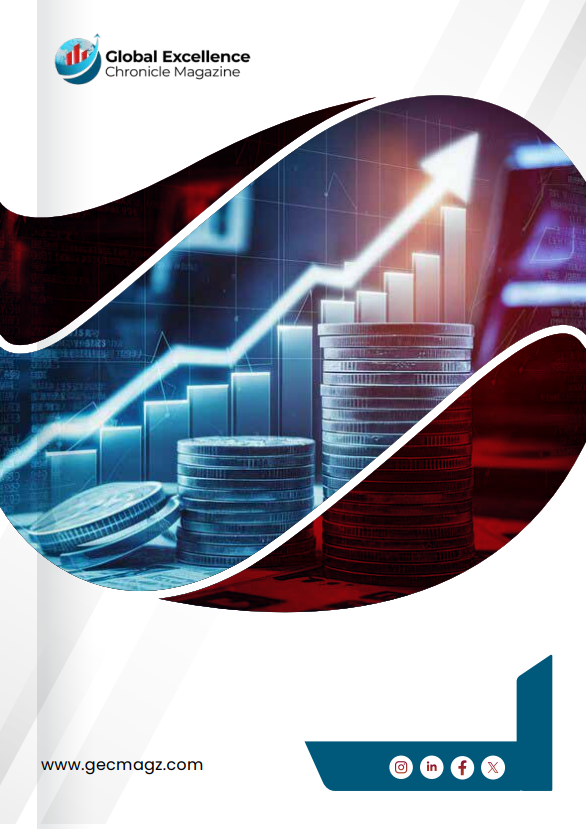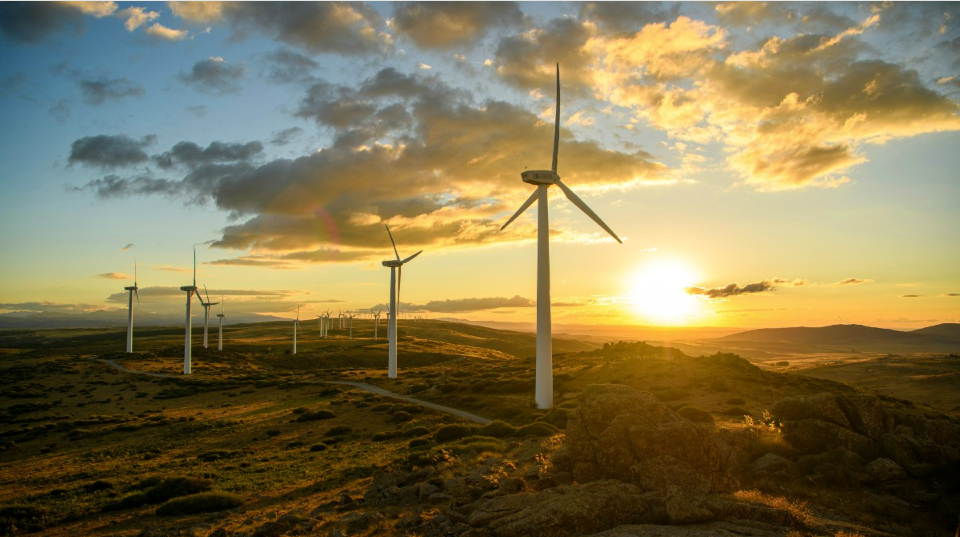Economic and non-economic factors, from industrial growth and inflation to governance and social integration, play decisive roles in shaping renewable energy investment patterns across developed and developing economies.
Fossil fuels remain the dominant source of energy-related emissions globally and contribute nearly 90% of carbon emissions worldwide. Therefore, the transition to renewable energy is a necessity.
Although renewable energy investments have grown rapidly to reach $2 trillion annually, this still falls substantially short of the $5 trillion per year required to achieve net-zero carbon targets by mid-century, according to the International Energy Agency. This considerable investment gap represents a critical challenge to global sustainability efforts.
We have found that per capita renewable energy investments are notably larger in developed economies than in developing economies, with the notable exception of the People’s Republic of China.
Industrial growth boosts renewable energy investment in developed economies but has the opposite impact in developing economies. Developing economies, which are constrained by financial and other limitations from scaling up clean energy, continue to depend on fossil fuels to power their industrialization.
Environmental taxes emerge as a consistently positive driver of renewable energy investment in both groups of economies, highlighting the importance of policy instruments that reduce the relative cost of renewable Energy.
On the other hand, inflation has a significant negative effect on renewable energy investments in developed economies but has a weaker influence in developing economies. Those economies may be insulated by public subsidies or fixed tariff structures from short-term macroeconomic shocks such as inflation.
Oil prices negatively influence renewable energy investments only in developing economies.
Some noneconomic factors also influence renewable energy investment decisions. Social globalization, the increasing interconnectedness of people across borders, is a strong enabler of renewable energy investments in developed economies. It has a smaller but positive effect in developing economies.
There is a strong positive association between environmental technology and renewable energy investments in developing economies. In developed economies, there is a non-linear relationship, with a negative association at lower investment levels but a positive association at higher levels.
These findings offer three major takeaways for policymakers. First, the contrasting effects of variables, such as industrial growth and inflation, between the two economy groups underline the need for tailored strategies.
Second, policymakers need to consider noneconomic factors. Economies that encourage education, social awareness, and digital integration are better positioned to build public support for clean energy transitions.
Third, even with supportive macroeconomic conditions, renewable energy investments often stall without stable governance and institutional credibility. For instance, strengthening the rule of law can de-risk renewable infrastructure investments.
In the end, accelerating the transition to renewable energy necessitates a good understanding of both economic and non-economic drivers and a steadfast commitment to policy frameworks that address both types of drivers.
Source: blogs.adb.org



